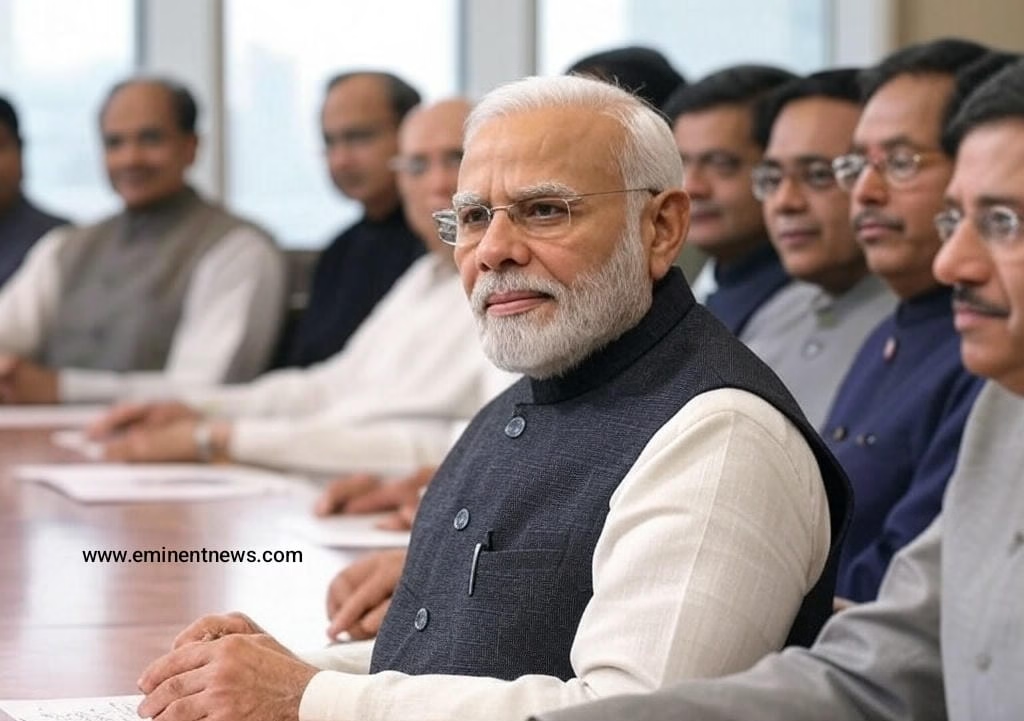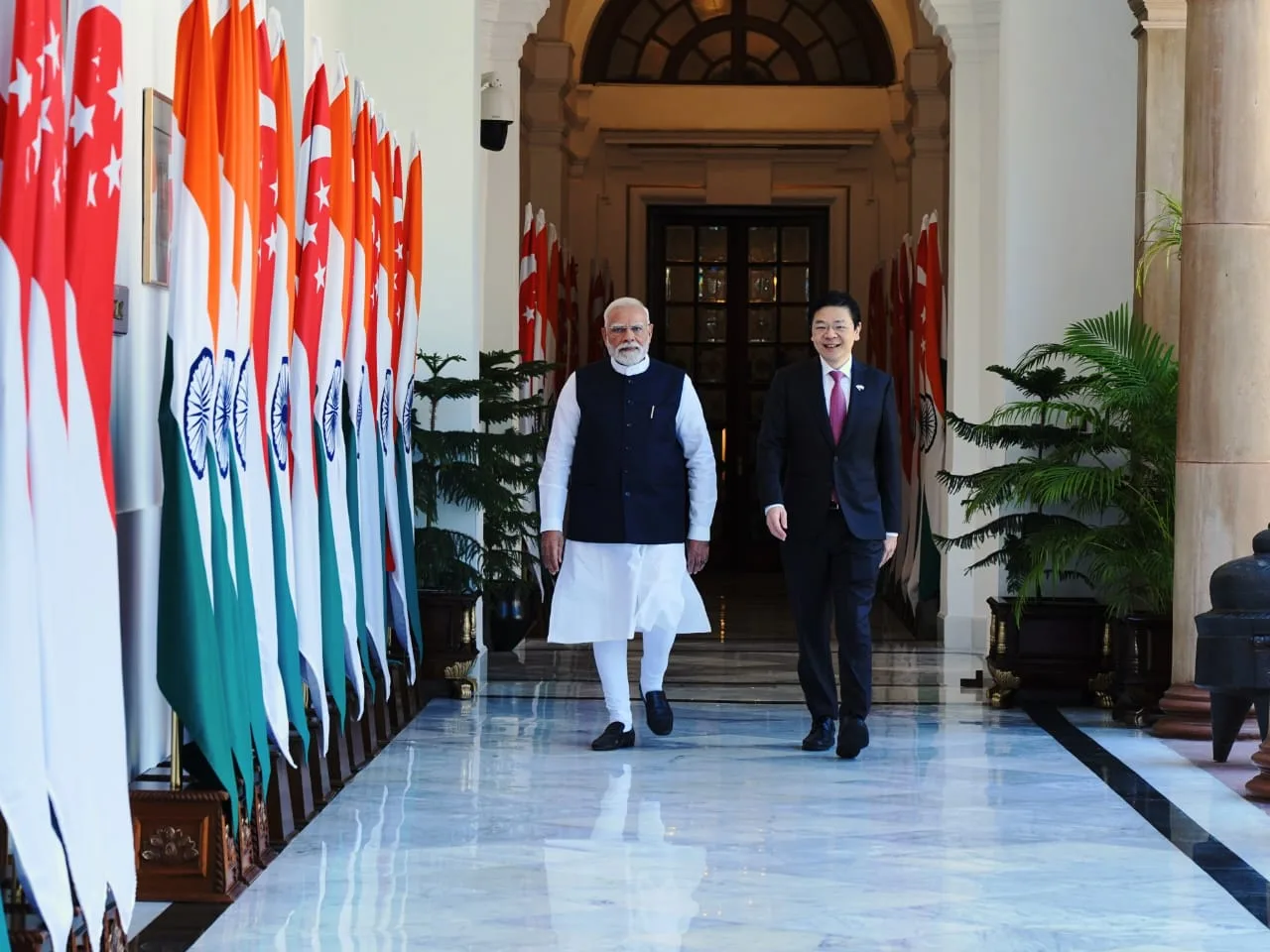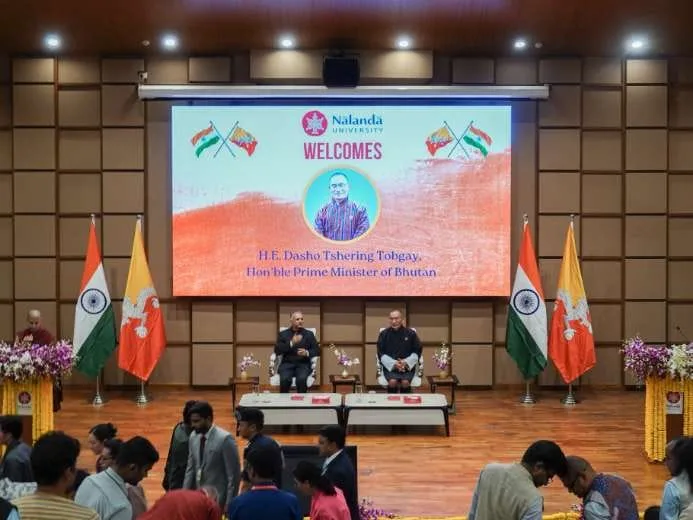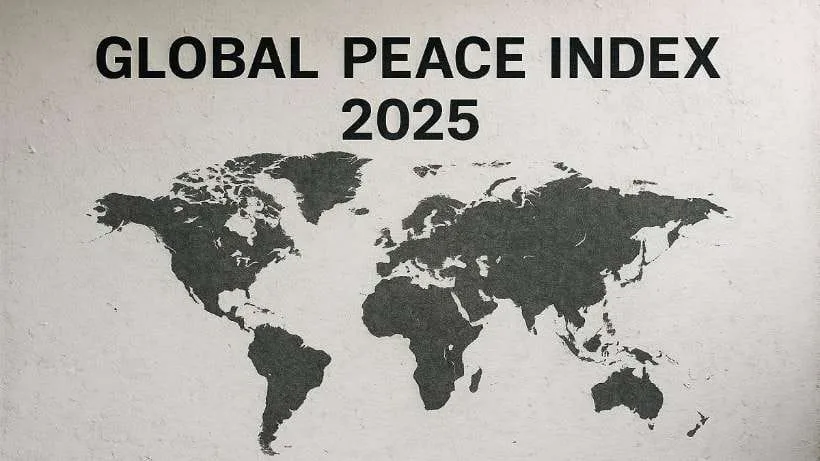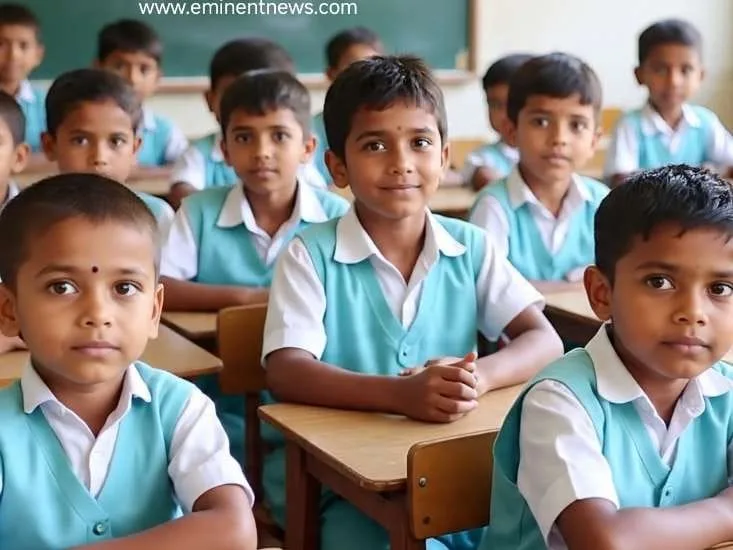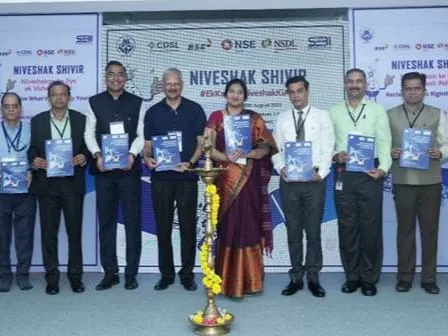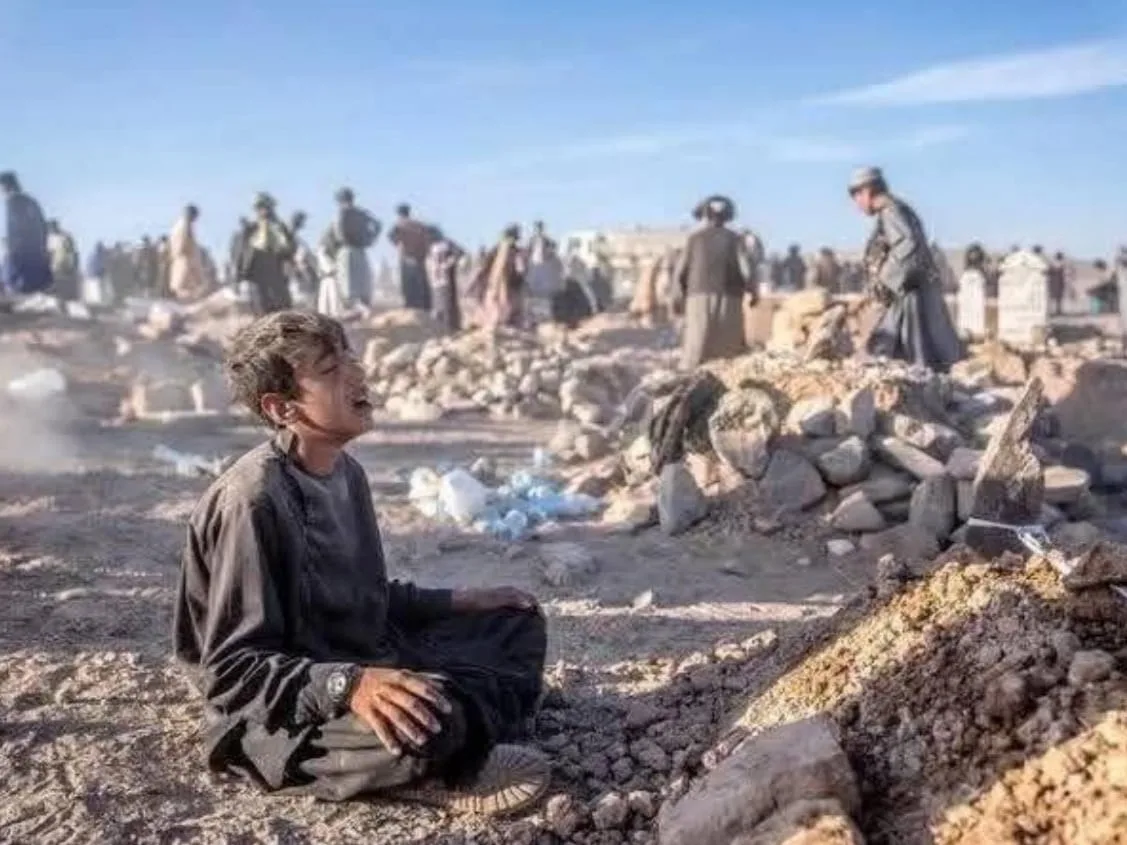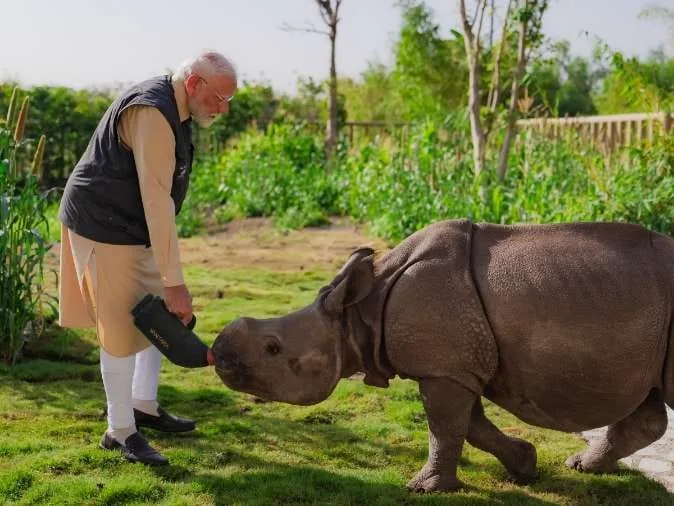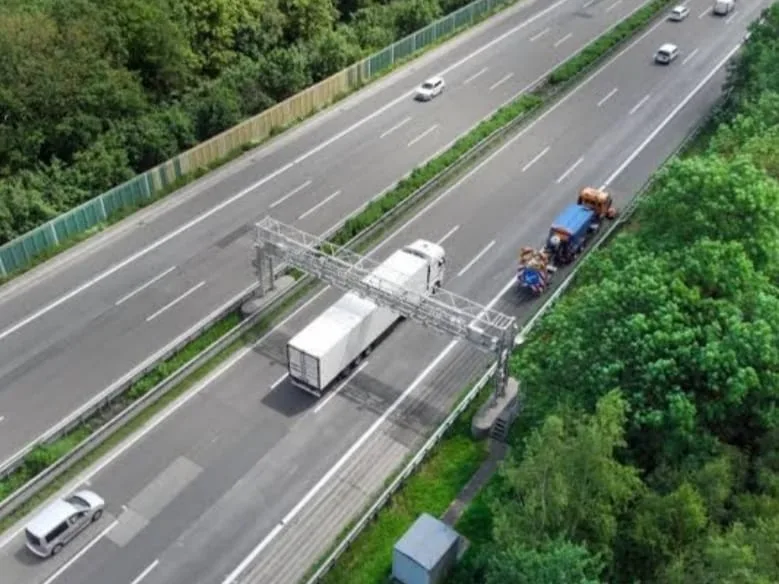The South Asian Association for Regional Cooperation (SAARC) has faced challenges in recent years, impacting its effectiveness . Here’s a look at its current status :
- Stalled Progress: SAARC’s progress has been hindered by various factors, including political tensions between member states, particularly India and Pakistan .
- Lack of Meetings: High-level meetings, including summits, have been irregular. The last SAARC summit was held in 2014 .
- Focus Areas: SAARC aims to promote cooperation in economic, social, cultural, and technical fields . Key areas include trade, poverty alleviation, agriculture, and security .
- Challenges: Bilateral disputes, especially between India and Pakistan, have impeded regional cooperation and decision-making within SAARC .
- Alternative Initiatives: India has been focusing on alternative regional platforms like BIMSTEC (Bay of Bengal Initiative for Multi-Sectoral Technical and Economic Cooperation) and BBIN (Bangladesh, Bhutan, India, Nepal) to enhance regional cooperation, which some see as a way to bypass the issues within SAARC .
- Recent Developments:
- SAARC continues to exist as a regional entity, but its activities are limited compared to its initial goals .
- Efforts to revive SAARC have been discussed, but significant progress is pending .
- The SAARC Secretariat in Kathmandu continues to function, coordinating various activities .
- Way Forward: The future of SAARC depends on member states resolving their differences and finding common ground for regional cooperation. Without this, SAARC may continue to be overshadowed by other regional initiatives .

